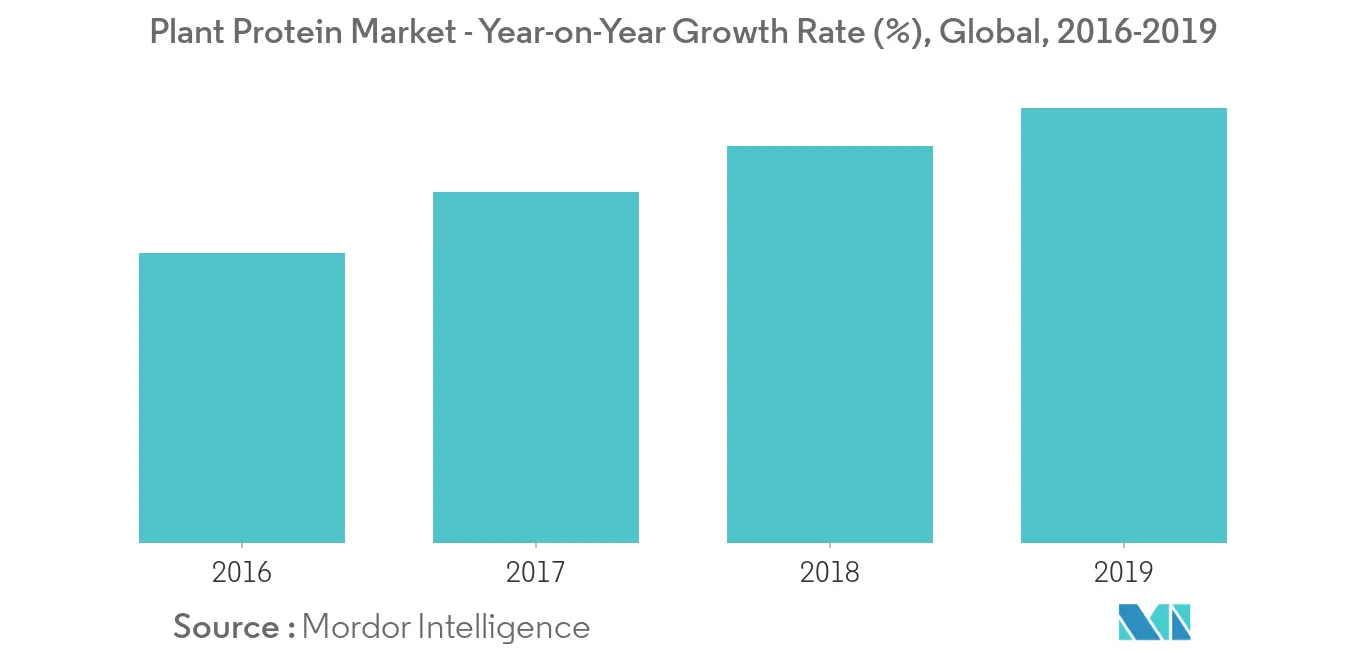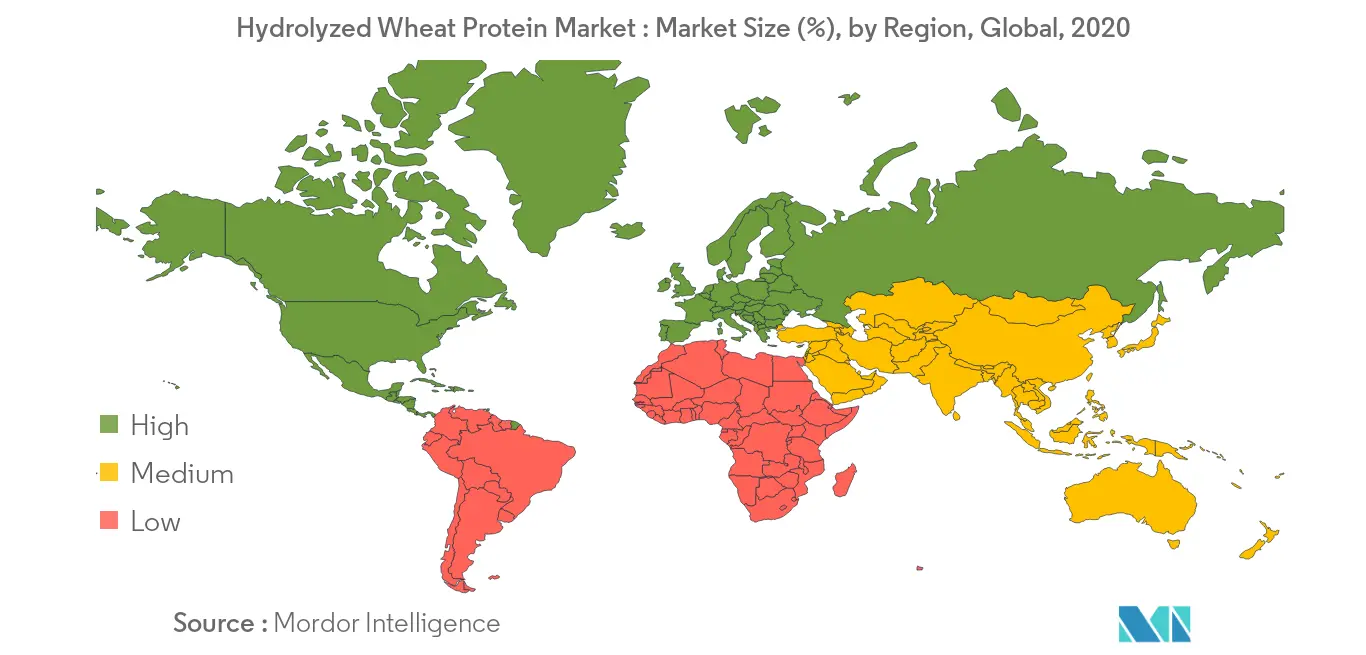Market Trends of Global Hydrolyzed Wheat Protein Industry
This section covers the major market trends shaping the Hydrolyzed Wheat Protein Market according to our research experts:
Increase in Demand for Plant Protein-Based Food Products
The plant protein market is driven by a growing inclination toward vegan diets, the functional efficiency, the cost competitiveness offered by such plant protein products, and their increasing utilization in a wide variety of processed foods, especially in the ready-to-eat products category. Plant-based milk has observed major growth in recent years, with an increasing number of people turning to dairy-free options, This, in turn, is also encouraging hydrolyzed wheat protein market growth owing to the increased lactose-intolerant consumers. This innovative product line of ready-to-eat product with no compromise in taste and texture has, in turn, boosted the overall plant protein market. Moreover, favorable government policies to reduce various diseases, such as obesity and diabetes, by controlling meat consumption, is anticipated to drive the plant protein market growth in the coming years.

North America Holds a Significant Market Share
When developing protein supplements or high protein food and drink products, the protein content is often boosted by incorporating a protein hydrolysate in food products. The North America continues to capture the largest market share for hydrolyzed wheat protein followed by Europe and Asia-Pacific. Consumers in the United States are continually demanding beverages that provide sensory taste as well as the required nutritional benefits. The rise in the adoption of plant-based food & beverages owing to the awareness among consumers about the benefits offered by a plant-based diet is one of the major factors spurring the demand of plant-based protein beverages across the country. On top of that, according to South China Morning Post, the launch of US food & beverages products that have plant-based mentioned grew by 268% between 2012 and 2018, which shows the adaptability rate among consumers.


